Serengeti Migration Calving - Babies - Wildebeest migration Serengeti calving season - if you’ve ever wondered why nearly two million wildebeest put themselves through the ordeal of the migration every year, then the Serengeti calving season will show you why. The southern plains of the Serengeti turn green after the November rains and fresh grazing is just what the wildebeest need for their energy-demanding calving season: several hundred thousand wildebeest are about to be born and it’s going to get busy with the predators – lions, leopards and cheetahs along with spotted hyenas.
The season is short-lived but amazing in sightings. In December, great waves of wildebeest come spilling out of the Masai Mara and into the southern Serengeti. Then the calving begins. Generally starting in late January, the pregnant wildebeest give birth and by February some 8,000 baby wildebeest are being born every day. The calving season carries on into March and is joined by other animals too. Tens of thousands of zebras and gazelles have accompanied the wildebeest on their foot and are taking advantage of safety in numbers to drop their young too.

Welcome to Tanzania:
You will be met upon arrival at the airport by our driver who will guide you to the waiting vehicle and load your luggage then drive you to Arusha for the rest of your stay. Depending on your arrival time the day can be spent at the swimming pool relaxing or explore the city of Arusha.
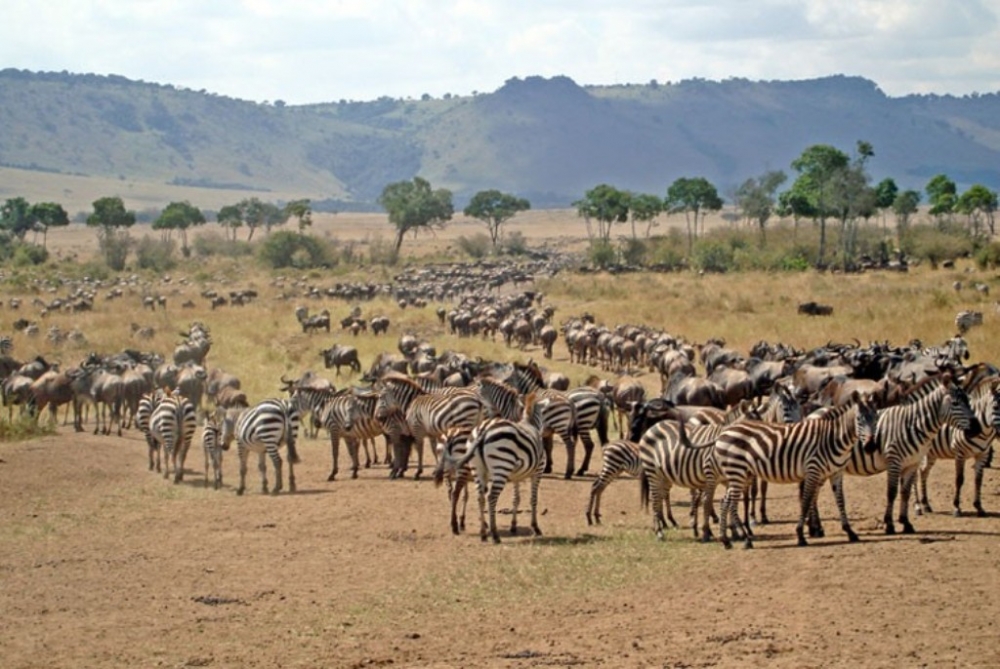
Your exciting first day of safari will begin after breakfast in Arusha and drive for an approximate two-hour drive will take you from Arusha to the Tarangire National Park. The park is best known for its elephant herds, savannah, baobab trees, seasonal swamps, and the life-giving Tarangire River. Animals gather at the river and giraffes, bushbucks and hartebeests are often seen. The park is also home to buffaloes, zebras, and wildebeests which are always closely followed by a range of predators such as lions. Leopards are seen every once in a while but cheetahs are rarely spotted. From the open roof of the vehicle, you will be able to see the landscape and watch the animals. Late in the afternoon, you will leave the park and drive to the lodge, where you will spend the night.
The Serengeti Migration Calving - Babies starts today.
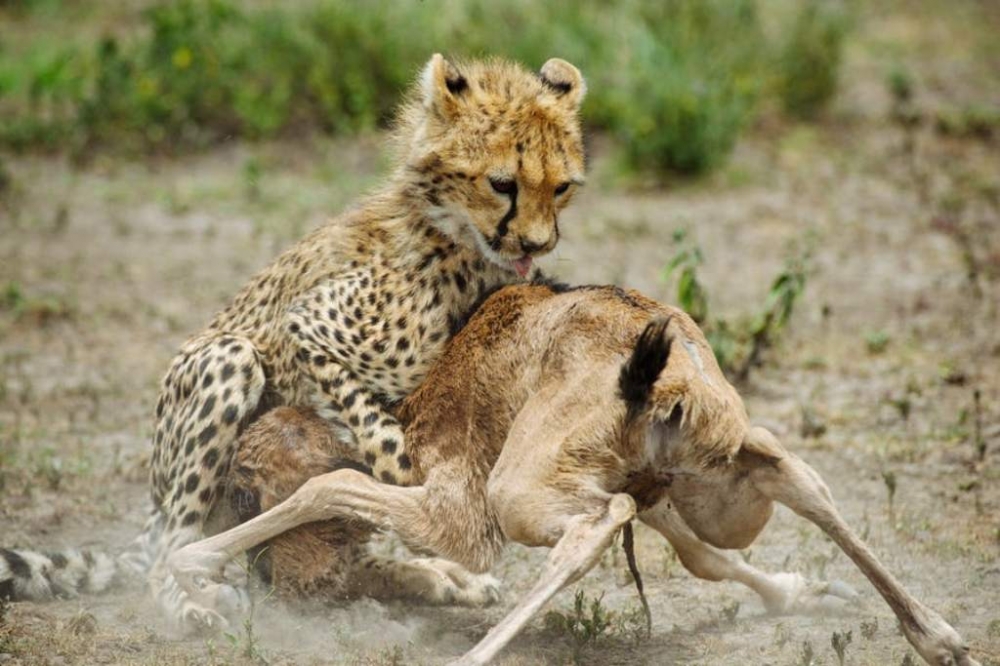
The morning after breakfast you will drive to southern Serengeti via Ngorongoro, you will be amazed by the numbers of wildlife on the plains of the Serengeti National Park in the southern areas, the largest park in Tanzania. The Serengeti has a diversity of landscapes including short grass plains, savannah, thick bush, swamps, and lakes and it is famous for the yearly migration when hundreds of thousands of wildebeest and zebras trek to find fresh grass and water. On your way to your accommodation, you will understand, where the word Serengeti (plains in the language of the Masai) comes from.
Day 3 of your Serengeti Migration Calving - Babies.
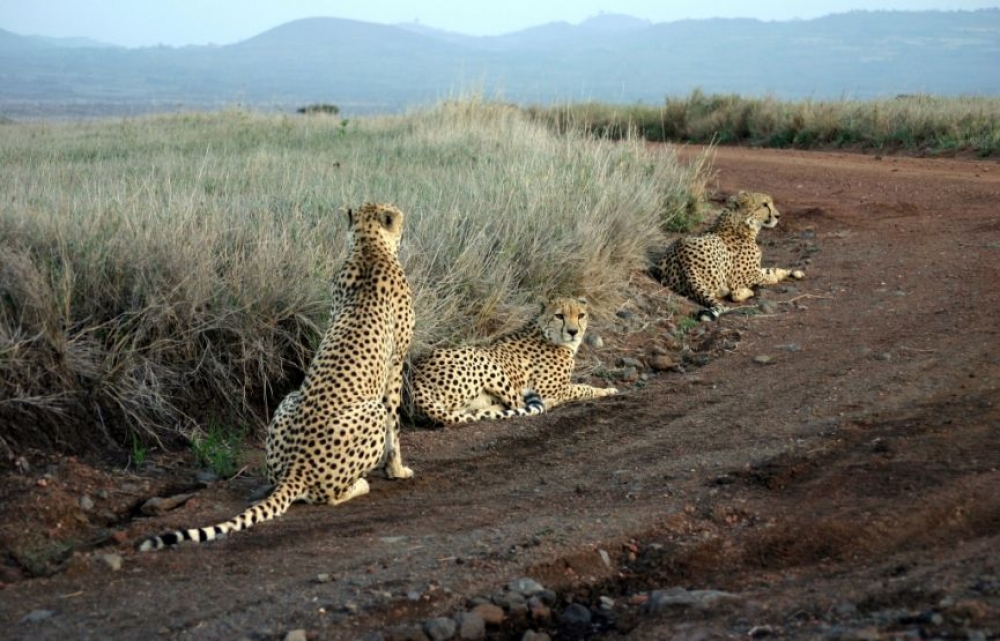
Starting after early morning breakfast the two full days will be spent for game drives from sunrise to sunset in southern Serengeti National Park. During the short rainy season in November and December, the herds move from the hills in the north to the plains in the south while during the longer rainy season from April to June they return back up north. This circle of life is determined by the rainfalls and the locations of the herds might vary from year to year but your guide will know where to find the animals and where to see them best. A visit to the Serengeti Visitor Centre is also possible. Here you can learn more about the history of the park and the research that is being done by the Frankfurter Zoological Society. You will spend two nights at the Tented Camp.
Keep on Serengeti Migration Calving - Babies.
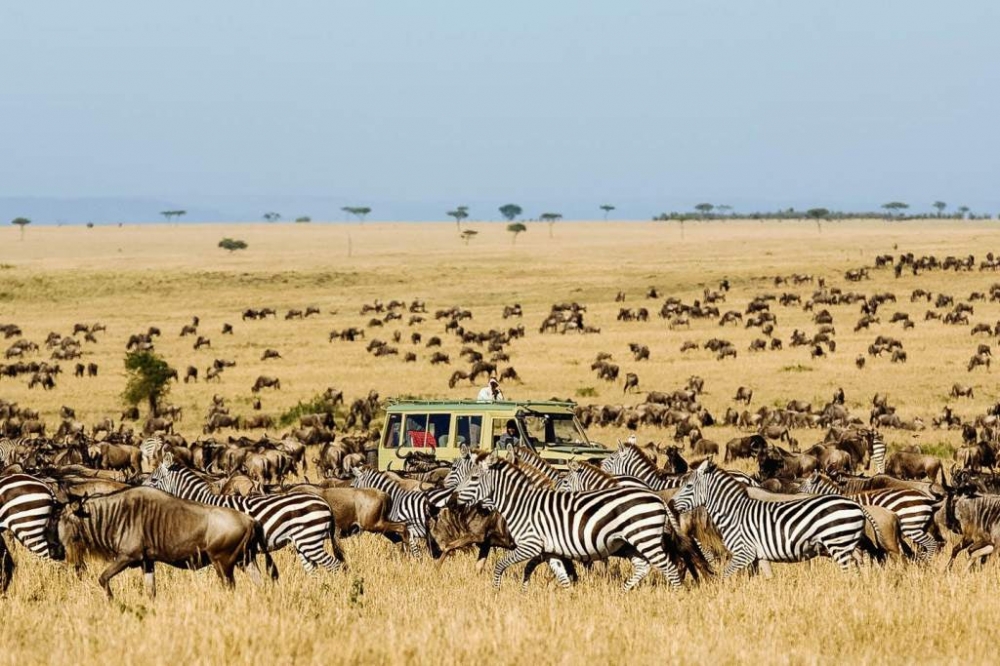
Another good morning starting after breakfast you will continue your safari in the Serengeti National Park. In the Seronera Valley, you might be lucky to see predators hunt as animals gather in the waters during the dry season. After lunch at a picnic spot, you will slowly drive in the direction of the Ngorongoro Crater. As soon as you have reached the crater you will have a superb view of the caldera. This approximate 20 km wide crater is part of a UNESCO World Heritage Site and is home to over 20,000 animals.
Day 7 of your Serengeti Migration Calving - Babies.
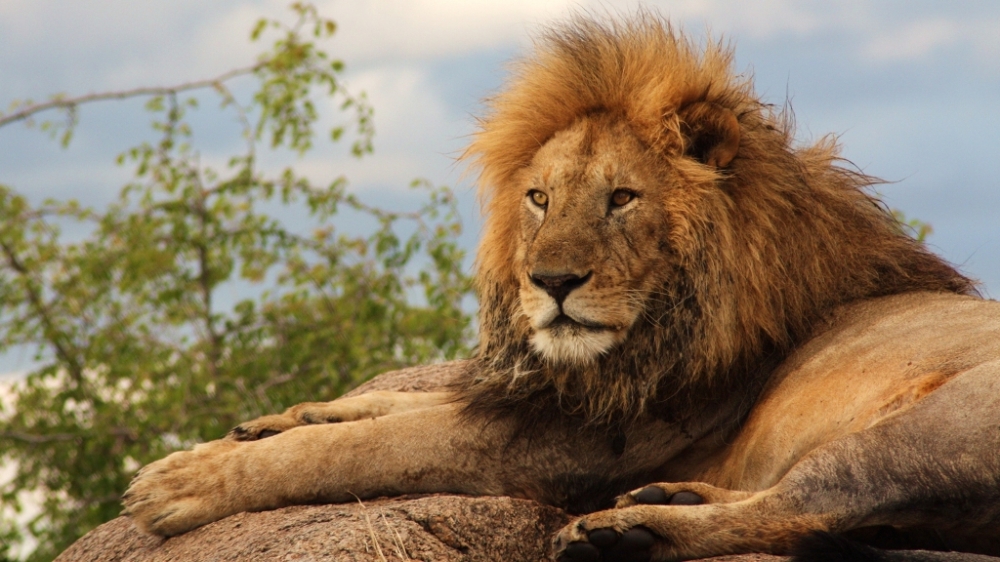
The decision is yours on what time you can start the tour inside the crater, after an early breakfast, you will descend into 600 meters Crater floor to view wildlife. Supported by an all-year-round water supply and fodder, the Ngorongoro conservation Area supports avast variety of animals, which include herds of wildebeest, zebra, buffalo, eland, warthog, hippo, and giant African elephants. Another big draw card to this picturesque national park is its dense population of predators, which include lions, hyenas, jackals, cheetahs, and the ever-elusive leopard, which sometimes requires a trained eye to spot. We will visit Lake Magadi, a large but shallow alkaline lake in the southwestern corner, which is one of the main features of the crater. A large number of flamingos, hippos, and other water birds can usually be seen here. Late afternoon drive to the lodge for overnight.
You are reading Serengeti Migration Calving - Babies page.
After a leisurely breakfast, you will be dropped off at the airport for departure.
End of Serengeti Migration Calving - Babies.
| Price Per person | Nº of persons Traveling together |
|---|---|
| $4400 | 1 |
| $3800 | 2 |
| $3450 | 3 |
| $3100 | 4 |
| $2800 | 5 |
| $2600 | 6 |
| $2400 | 7+ |